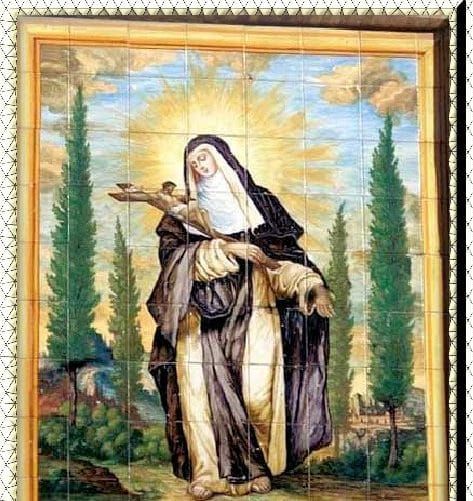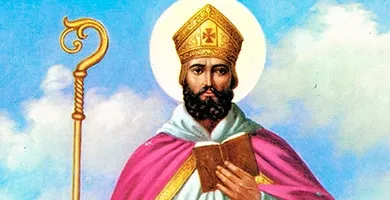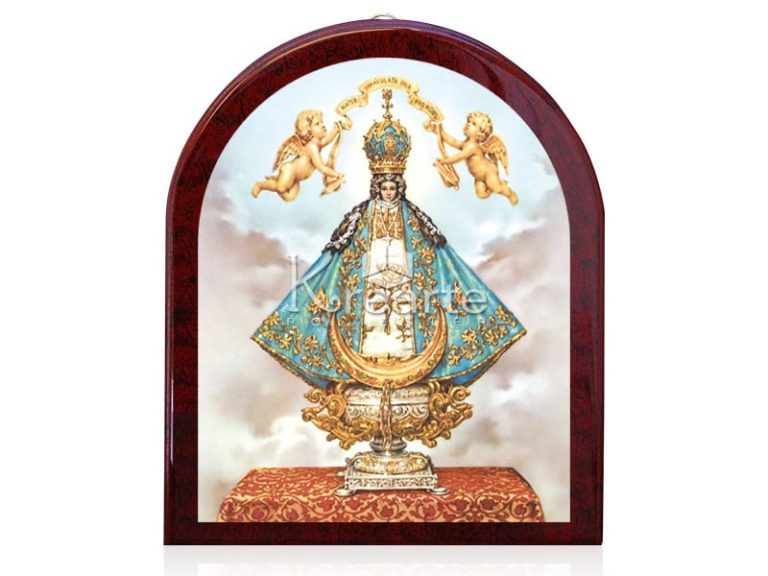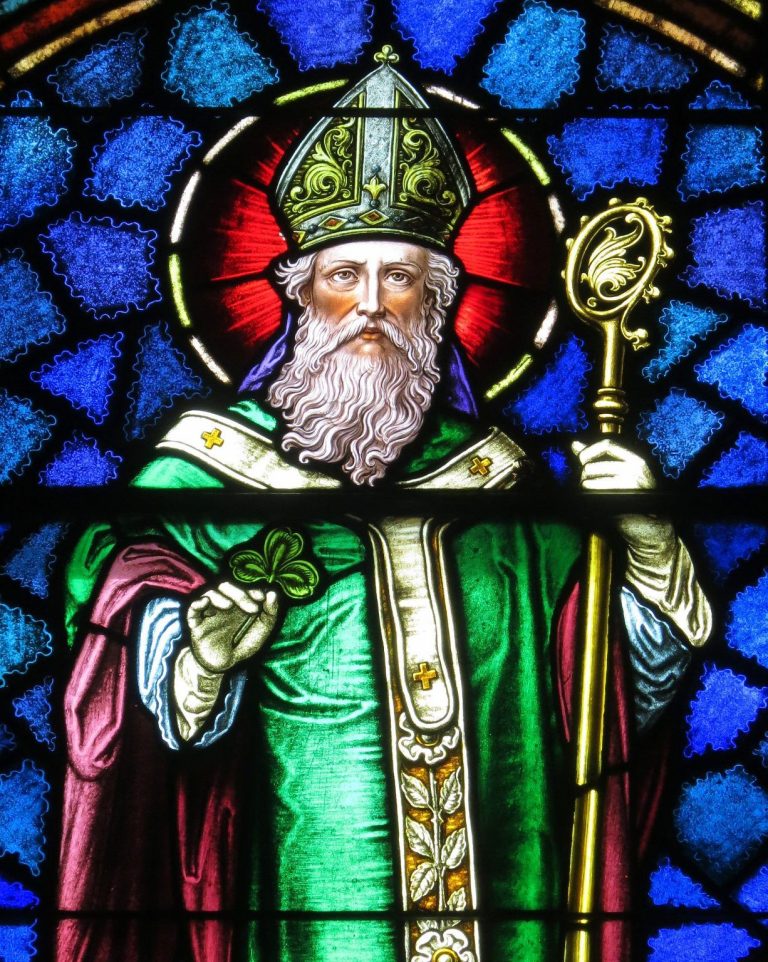Saint Paula of Rome Day: January 26
Santa Paula, was a saint venerated by the Catholic Church who became the disciple of Saint Jerome and is known as the co-patron of the Order of the same. In the following article, we will learn everything about Santa Paula and much more, such as Santa Paula’s day, which is on January 26 of each year.
Paula from Rome
Santa Paula (Born in the city of Rome, on May 5, 347 and died in the regions of Bethlehem, on January 26, 406, she was a noble matron of Roman origin of a Christian faith, the who was the disciple of Saint Jerome. She becomes venerated as the saint by the Catholic Church throughout the world. Saint Paula, also used to be known as Saint Paula of Rome, and was also the founder of the monasteries in the Holy Land She is also considered equally as the co-patron saint of the Order of Saint Jerome.
Biography
Santa Paula used to belong to a very rich and noble patrician family, her maternal grandfather who at that time was the consul Petroni Probí, who was related to the gens Cornelia. At the age of fifteen in the year 362 she married a senator named Toxoci, who had about 5 children named:
- Blesil la
- Pauline
- Eustoquia
- Rufina
- toxoci
For the year 379, her husband dies, she proceeds to consecrate herself to prayer and also to penance, together with a group of some widows who met under Marcela’s own direction in a house that was on the Aventine. When this man named Jerome of Stridon arrived in the region of Rome in the year 382, accompanied by bishops Epiphanius of Salamis and Paulinus of Antioch, he came to offer them hospitality. As a result of this type of contact, Paula made the decision to go to the regions of the East and once and for all consecrate herself to the monastic life.
Under the direction of Jerón imo, he came to study the Bible with his daughter Eustoquia, both of whom were able to learn Hebrew. Another of her daughters, called Blesil la, managed to reunite with her mother when she became a widow, however, she also died in the year 384.
Meanwhile, Paula when she got to marry Senator Pamaqui, in the same way being the disciple of Jerónimo and later canonized; her other son named Rufina died in 386; his other son named Toxoci was able to convert to Christianity in the year 385 and the so-called maridá Leta, who was the daughter of the Albino priest, from whom she had a daughter named Paula, who later died in the regions of Palestine and who attended Jerome on his deathbed.
When the death of Damasus I occurred in the year 384, Jerome made the decision to leave Rome and return to the East, Paula and also Eustoquia came to go with him. After passing through Antioch, all of them visited the holy places of Palestine and also of Egypt, studying the life of the hermits and also of the first monasteries of Santa Paula in Seville . Finally, they came to settle in the regions of Bethlehem.
Santa Paula died in one of the 2 monasteries that she founded in Bethlehem itself. He tried to get Marcela, who was his former partner, to join his community. Until the end of her life she was able to maintain the relationship with Jerónimo; she finally died at the age of 59 on January 26, 406, and was subsequently buried in the Basilica of the Nativity in Bethlehem.
Entry into Religious Life
At the age of 32, Santa Paula becomes a widow. She always continued to dedicate herself to her family, however, she became much more interested in religion as time went by.
Through the influence of Marcela and also of her group, Paula became an active and enthusiastic member of this group of women who were part nuns. In the year 382, she met Saint Jerome, who had at a certain time gone to the regions of Rome with Saint Epiphanius and also in the company of Bishop Paulinus of Antioch. This man born in Dalmatia, Jerome had managed to study in Rome from a young age and had decided to travel to Germany and also to Aquileia, and over the course of many years had been living in the region of the East as an ascetic and scholar.
St. Paula’s Family
Santa Paula became a member of one of the richest senatorial families that were superficially said to be the descendants of Agamemnon, Santa Paula was the daughter of Blesila, of the great clan of the Furio Camilo. At the age of 15, Paula married the great nobleman Toxocio, with whom at some point in her life she managed to have four daughters, Blesila, Paulina, Eustoquia and Rufina. She also had 1 son, of the same name as Toxocio.
We know about the early years of Santa Paula through the various writings of Saint Jerome. In letter number 108 from her, which he used to state that she had led a life of luxury and that she possessed great status. She at all times dressed in silks, and she had been carried around the city by all her eunuch slaves. The main source of Paula’s life is the letters of Saint Jerome.
Saint Paula’s life can be found in Letter CVIII. Other cards that refer to her very particular and to her family which tend to be:
- XXII
- XXX
- XXXI
- XXXIII
- XXXVIII
- XXXIX
- LXVI
- CVII
Paula married her daughter, called Paulina in the year 395, with the senator San Pamaquio; her other daughter called Blesila soon became a widow and died in the year 384. Of her other 2 daughters, who are Rufina who died in the year 386, and Eustoquia who always accompanied her mother to the region of the East where he died in the year 419. In the case of his son, Toxocio, at first he was not a Christian person, however, he became baptized in the year 385, he married in the year 389 a woman named Leta, who she was the daughter of the pagan priest Albino.
From this marriage a daughter named Paula the Minor was born, who in the year 404 met her aunt Eustoquia, daughter of Saint Paula in the Holy Land, and by the year 420 she closed Saint Jerome’s eyes. These are the names that appear in Saint Jerome’s letters, where they become inseparable from Paula’s. It has been possible to point out that Saint Eustoquio de Tours was the brother of Paula la Menor and the son of Toxocio.
in the holy land
The death of Blesila and also that of Pope Damasus I in the year 384 was what completely changed the lifestyle of Paula and also of Jerome. In the month of September of the year 385, Paula and Eustoquia also left Rome to be able to follow the monastic life in the East.
Jerome, who had come to preside over them there 1 month earlier, joined them all in the region of Antioch. Paula first managed to make in great detail the pilgrimage of all the places that were famous in the Holy Land, later she went to the region of Egypt to be able to learn about the practices of the anchorites and also of the cenobites, and finally she moved to his residence in the region of Bethlehem, as St. Jerome managed to do. Then began for Paula, as well as for Eustoquia and for Jerónimo, her definitive way of life.
These 3 came to found the 2 monasteries, 1 is the one for women and the other one for men. Paula and Eustaquia came to assume a large part in all of Jerome’s exegetical labors, submitting more and more to his direction. An example of her way of thinking and writing can be seen again in the letter that they managed to write from Bethlehem around the year 386 to Marcela in order to persuade her to leave the region of Rome and join all of them; in his Letter XLVI of the correspondence of Saint Jerome.
They became involved in the events of their time, first in the controversy regarding what originism is, which was what influenced all of their relationships with John, the great bishop of Jerusalem, and later Paula’s need for the money she was somewhat extravagant in all her giving and was the one who left Eustoquia deep in debt. Paula died at the age of 56 and she was buried under the Basilica of the Nativity in the Bethlehem region.
Relationship with Saint Jerome
Paladio used to affirm that Saint Paula became of great use to Saint Jerome in all his biblical works, since her father had taught her the Greek language and that she had learned enough about Hebrew in the region of Palestine to to be able to sing the psalms in the original language.
On the other hand, St. Jerome had gotten her started on exegetical questions enough so that St. Paula herself could continue the interest of her discussion with Bishop John of Jerusalem regarding originism. Although she did not manage to be designated as a de facto official, she became one in the course of some 15 centuries.
Jerome’s enemies found his denunciations regarding clerical leniency and also his defense of self-sacrifice rare when they all came to consider his intimate relationship with Paula. It has been possible to suggest that there was a kind of love relationship between Jerónimo and Paula.
One of the anecdotes about Saint Jerome, with an origin in the twelfth century, goes so far as to say that the Roman clergy were hostile to Jerome, who had planned to expel him from the city for placing women’s clothing near his bed. When Jerónimo himself woke up in the middle of the night to be able to go to the matins service, without realizing it he dressed himself in all those feminine clothes.
That is how he was accused of having a woman in his bed. The story comes to recognize, although at the same time it comes to discredit it as a kind of malicious slander, Jerónimo’s relationship with women, as the kind of relationship that he is presumed to have had with Paula.
Chaucer was the man who came to play with the relationship between Jerome and also Paula when writing the foreword for The Wife of Bath. Chaucer is the one who manages to get his wife to visit the same places of pilgrimage as Saint Paula herself, and makes her constantly quote, not the classical authors, but Jerome himself. Many of the comments used to be counter-arguments to all those that are extended by Saint Jerome himself, mainly in his work entitled Contra Joviniano.
Palladio, who was a contemporary of Jerónimo, came to believe that Paula was hindered by Jerónimo himself: “Well, although she was able to overcome everything, having great abilities, he always hindered her because of his zeal, having wave come to force to follow its own plan”.
If our article on Santa Paula has been very useful to you, we invite you to visit the following links, which I assure you will be of both personal and spiritual interest to you.







